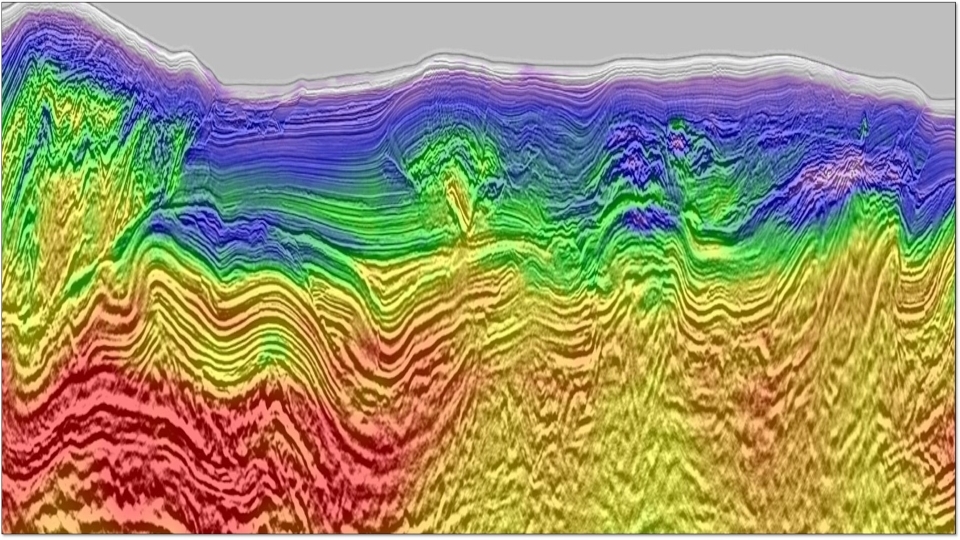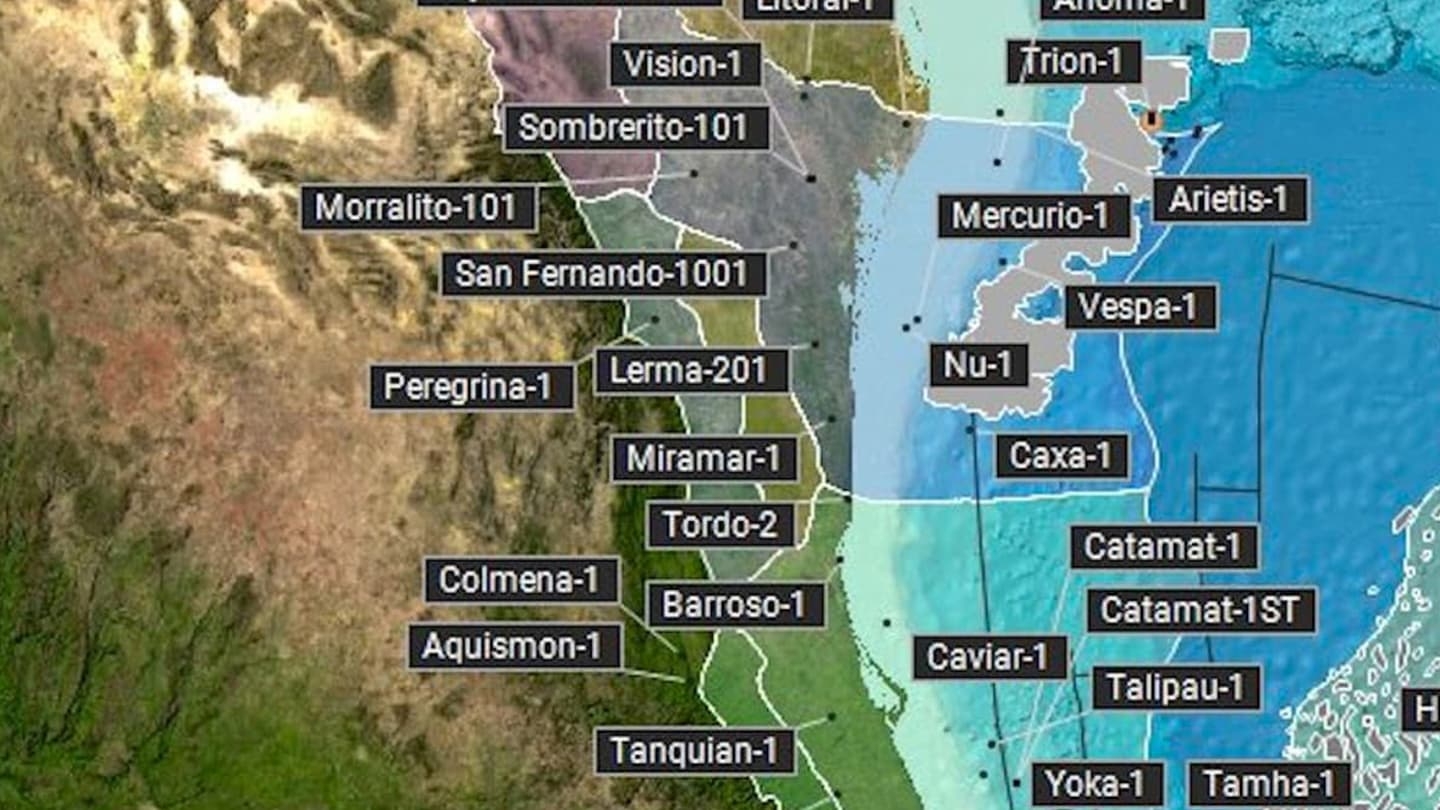Technical Abstract
Improving Subsalt Imaging with Least-squares RTM - A Case Study At Kaskida Field, Gulf of Mexico
Back to Technical ContentKaskida is a large three-way reservoir underneath a complex salt body and truncated by a salt weld. Seismic imaging at the reservoir level is impacted by the inhomogeneous illumination from the complex overburden, which distorts the amplitude of reservoir reflectors and generates lots of migration artifacts. The application of least-squares RTM (LSRTM) at Kaskida field demonstrates that it can effectively improve the signal-to-noise ratio (S/N) of the subsalt image by reducing migration artifacts, and it can improve the reservoir amplitude fidelity by compensating for the illumination effects caused by the overburden velocity and acquisition geometry. We further demonstrate that a more correct velocity model derived from reflection FWI (RFWI) improves LSRTM results by providing a better raw RTM image and more accurate illumination compensation. Finally, we compare common-image gathers (CIGs) from well-data synthetic modelling, raw RTM, and LSRTM and conclude that LSRTM improves the AVO response over raw RTM because of the offset-dependent illumination compensation and reduction in migration artifacts.
Download Resource 
Publications
EAGE - European Association of Geoscientists and EngineersAuthors
Shouting Huang, Merlin Wang, Bing Bai, Ping Wang





